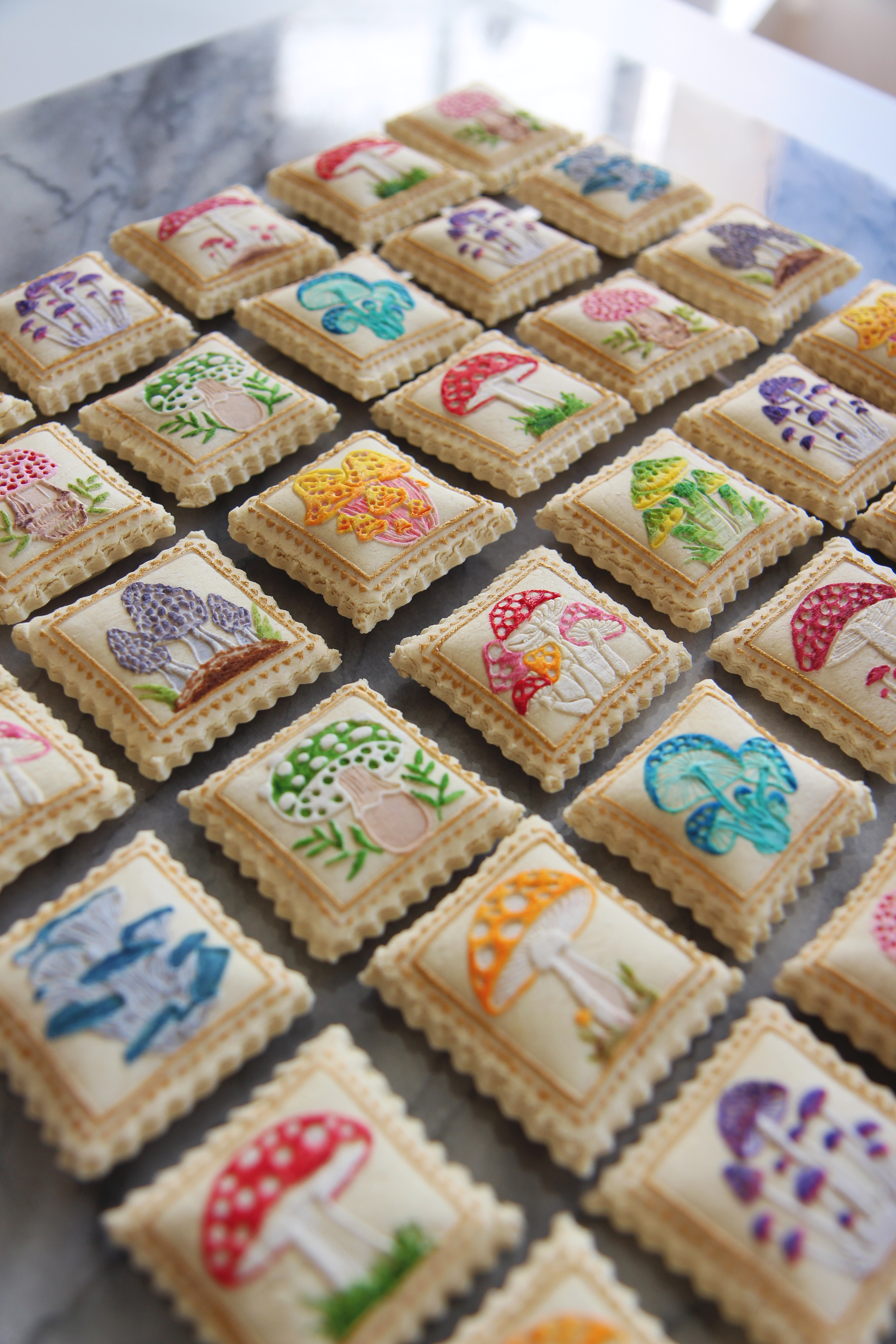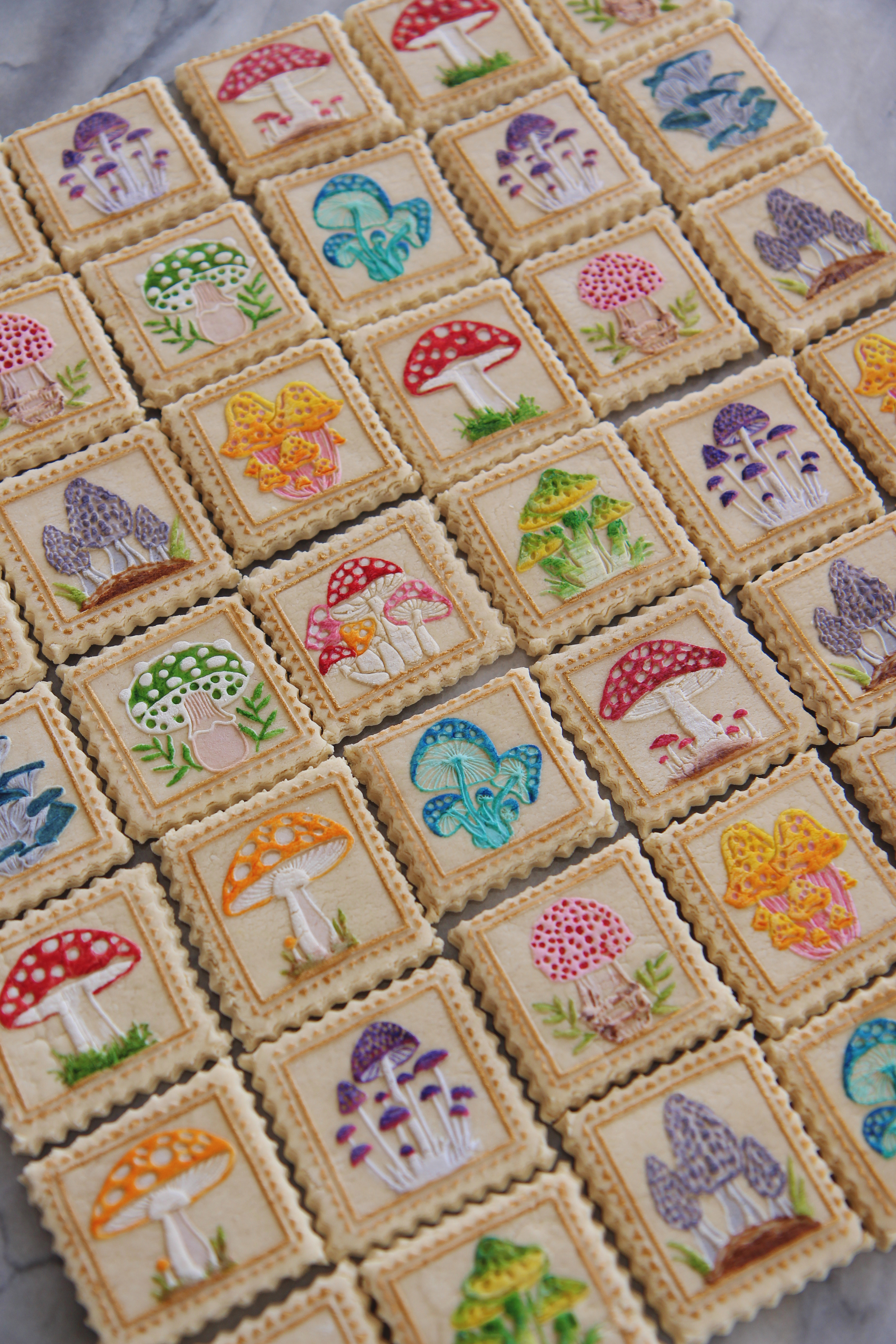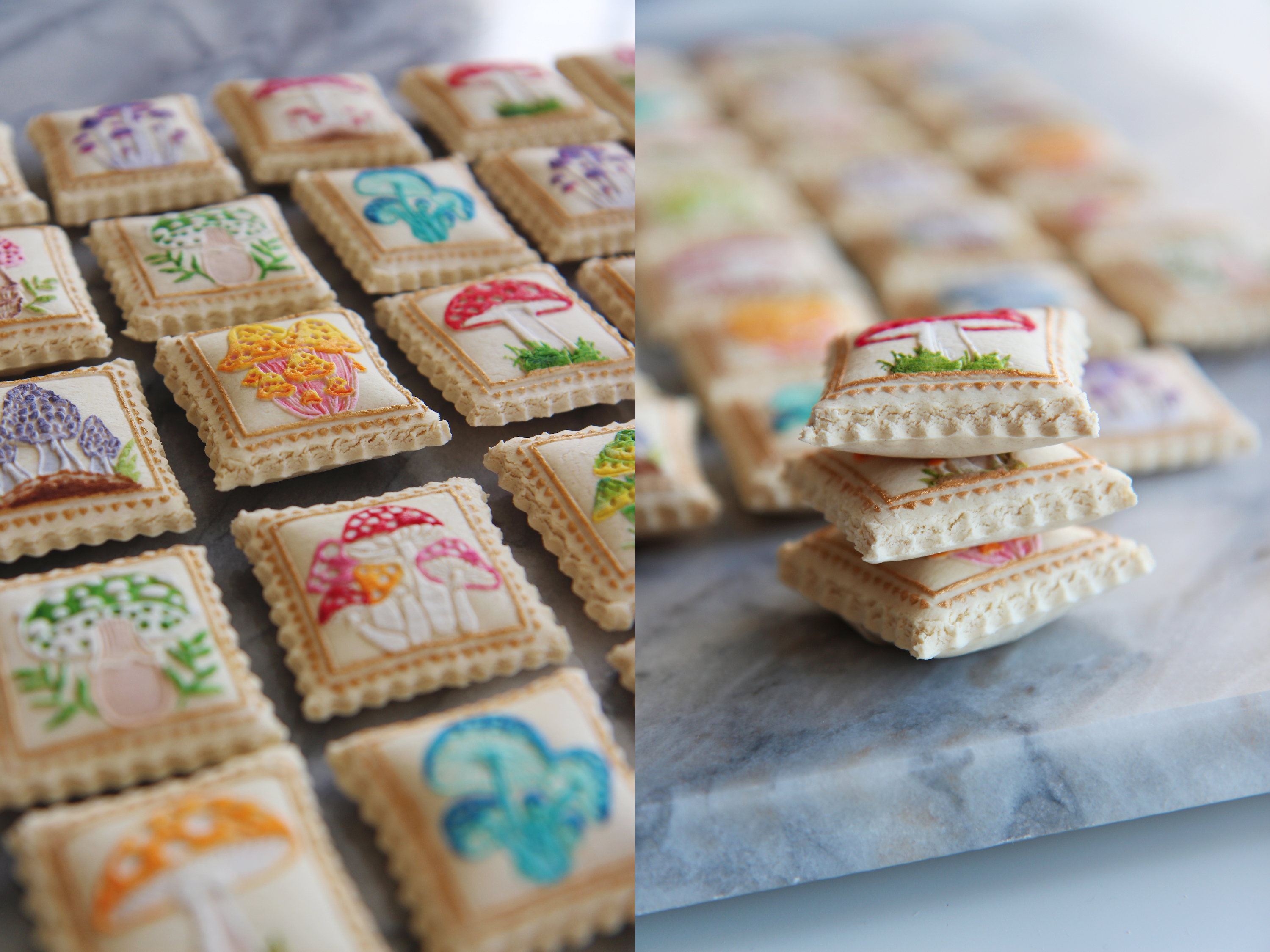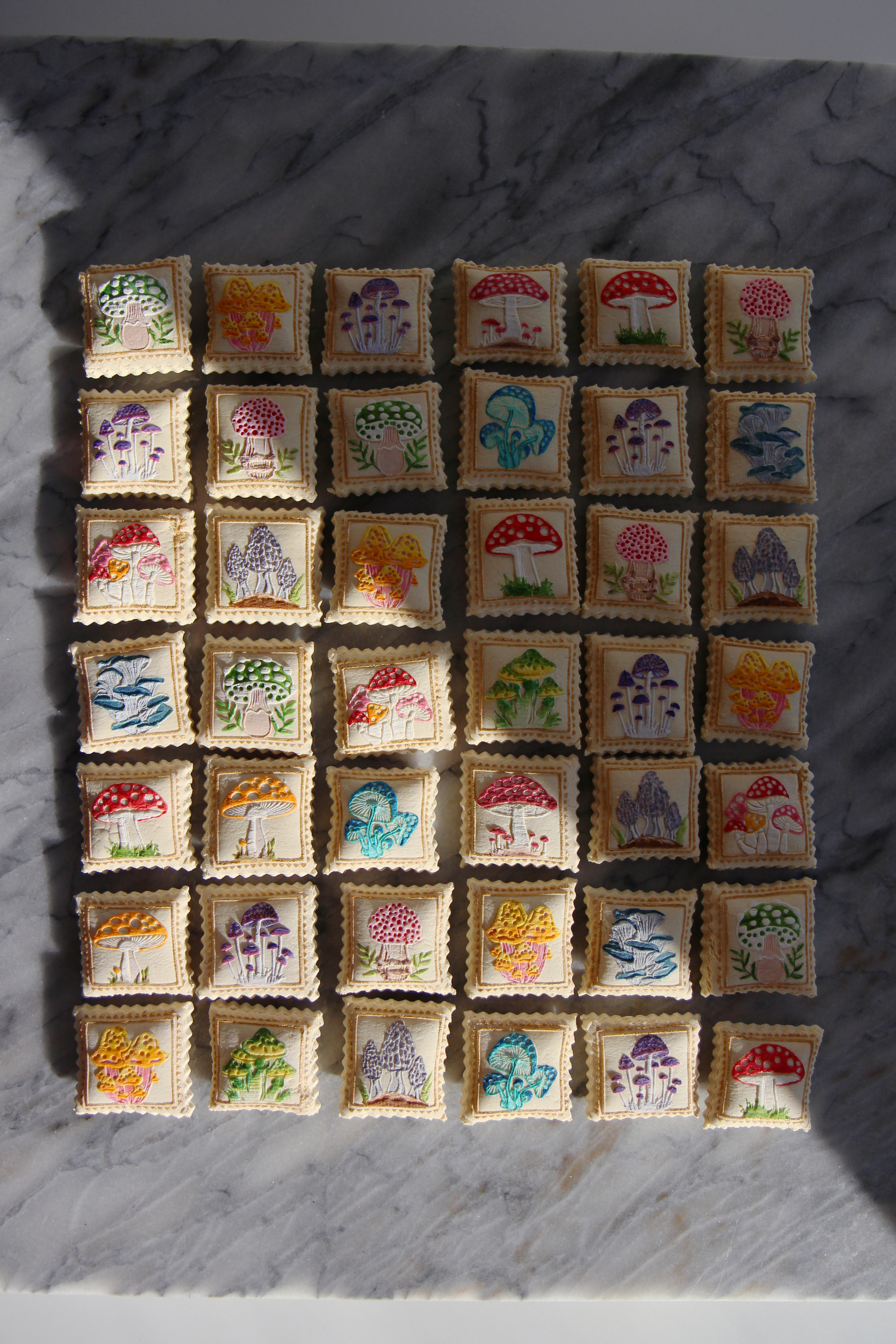“A mycelial network is a map of a fungus’s recent history and is a helpful reminder that all life-forms are in fact processes not things.
The “you” of five years ago was made from different stuff than the “you” of today.
Nature is an event that never stops.
As William Bateson, who coined the word genetics, observed,
‘We commonly think of animals and plants as matter, but they are really systems through which matter is continually passing.’”
—Merlin Sheldrake
Sagan posited that we were made of star-stuff. Those of us who are fascinated by the mysteries of the mycelial networks that run under and through virtually our entire planet might be more inclined to say we are made of fungus-stuff.
I could not speak for all doctors, nor veterinarians, nor microbiologists, mycologists, and gardeners, but I daresay that many of us who have had the privilege to tend to others would agree that we are all alike; all made from the same and returning to the same.
It is comforting to me to think that we are all in process, all the time. That we are recycled in a grand and indefatigable system, and the only constant is change. We all share matter-energy and inhabit the same time-space and we are all of us therefore inextricably intertwined. Here on the small scale of Earth, fungi have frequently performed much of the heavy lifting of recycling, creating opportunities for life in every niche, and forming complex relationships between beings.
Sagan also wrote, “Think of the endless cruelties visited by the inhabitants of one corner of this pixel on the scarcely distinguishable inhabitants of some other corner, how frequent their misunderstandings, how eager they are to kill one another, how fervent their hatreds.”
It is equally as disturbing that we can be part of the same system, of the same whole, and seek destruction and cruelty, and neglect conservation and love. In this infinite box with finite amounts of matter-energy, chaos is change is constant is chaos is change.
May we all choose random acts of kindness when we can, even—especially—in the midst of entropy.

I adore how these cookies all fit together to make one charming, not-quite-perfect ensemble.
They look like a quilt before baking and like little pillows afterwards. (Or, to do myself one better, they look like the puff quilts I was absolutely obsessive over last year on QuiltTok.) They are rolled out as a single piece, but then gently cut apart and individually hand painted. They can be fitted back together, gingerly, for baking.
These are a Springtime interpretation of springerle cookies, which are a traditional German bake, meaning “little jumper,” thought to be named either for the horses that were commonly printed on the cookies, or for their exuberant rise in the oven.
They are light and crisp, made with almond and vanilla extract, with a drop of the ever so special, orange-blossomy, creamsicle-like Fiori di Sicilia.
They come out of the oven with a lovely, chewy center within the outer shell.
These are naturally dairy free, though they do use eggs for the rise.
They are absolutely perfect with a cup of strong black tea. They are not too sweet on their own, though.
The most interesting aspect of springerle is the drying period.
You must let the dough dry for at least 8 hours. During this time, a crust forms over the cookies. When baked, the moisture left inside the cookie puffs into a pillow-like foot and becomes the chewy center.
These cookies share a lot of similarities to macarons, to me.
An egg base is whipped to incorporate as much air as possible with sugar. Then the flour is folded in much like the almond flour.
A drying period allows a crust to form that then creates a shell in the oven when the interior releases moisture.
The similarities mostly end there, though. Here, we use whole eggs and powdered sugar. And the dough is heavy and thick, not pipeable.
Traditionally, these are made using hartshorn, not baking powder. I must get my hands on some. If you have access to Baker’s Ammonia, apparently these would be even more crisp and tasty using it in place of baking powder.
This is not sponsored content, lol.
My mom found pastrymade, a company that makes debossed rolling pins that allow for beautiful embossed pie doughs and cookies. She bought a few different patterns, and I have to say, each one is so intricate and lovely.
Of course, my favorite was the mushroom print, but there are so, so many cute options. They are sturdy and seem well made!
Springy Springerle
makes 44 2″ cookies
ingredients:
4 large eggs
450 grams (1 pound) powdered sugar, sifted
1/2 teaspoon fine sea salt
1/8 teaspoon almond extract
1/8 teaspoon Fiori di Sicilia extract
1/2 teaspoon vanilla extract
1 teaspoon baking powder
420-480 grams (between 3.5 and 4 cups) flour
directions:
Sift flour and baking powder together; set aside.
Line 2 sheet pans with parchment paper and set aside.
Beat eggs, sugar, salt, and extracts together until fluffy and doubled in volume, at least 5 minutes and up to 10 minutes.
Add dry ingredients to the egg mixture and stir on low to combine, until a thick dough forms.
Working with 1/3 of the dough at a time and covering the bowl with the remainder of the dough with a damp tea towel, very lightly sprinkle flour onto surface and roll out to 3/8 inch thickness.
Using a patterned rolling pin, press firmly and slowly to emboss dough.
The final thickness should be 1/4 inch.
Use a fluted pastry wheel to cut out the cookies.
Repeat with remaining dough.
Allow cookies to dry at room temperature for 8 hours.
You can paint the cookie embossing with food coloring diluted with vodka.
Bake at 325 degrees F for 12-14 minutes, or until puffed.
Allow to cool completely.






May 1, 2024 at 8:55 am
As always, extraordinary. Beautiful